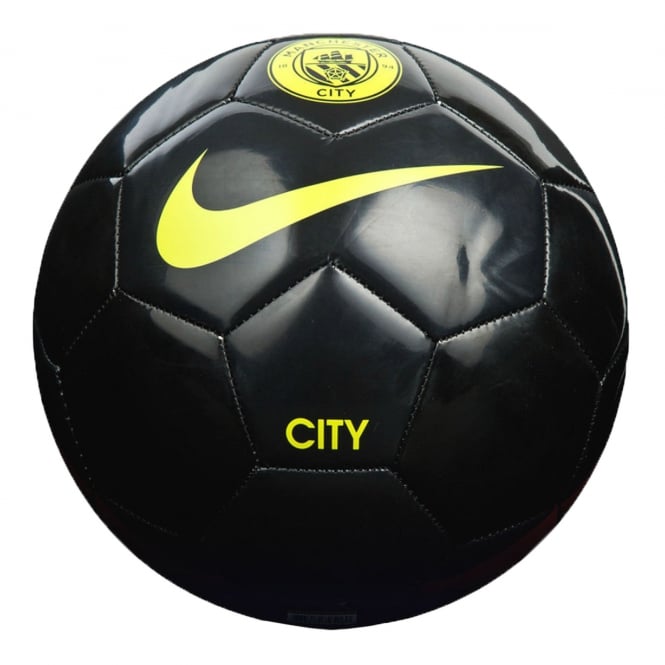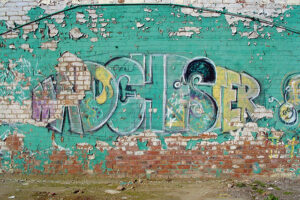They bear witness to all the ups and downs of the footballing season and keep the fans fed, watered and comfortable. But when it comes to the top British footballing stadiums, who comes out trumps? From historic Old Trafford to ultra modern Emirates, here at Loofes we’ve put together our top six, along with some unique information about what makes each stadium so special…
Old Trafford, Manchester
Location: Stretford, Manchester
Home to: Manchester United
Capacity: 75,800
Once dubbed “the theatre of dreams” by Bobby Charlton, Old Trafford has housed the force that is Manchester United since 1910. While Man U have won a record 20 League titles, it definitely hasn’t all been plain sailing for Old Trafford! A German bombing raid on Trafford Park Station in 1940 damaged the stadium, with another raid the following year destroying what was left, obliterating the main stand (the current South Strand) and rendering Old Trafford unusable. During the time the stadium was being rebuilt, Man U played all their ‘home’ games at Maine Road – the then home of their rivals Man City. As you might expect from such a rivalry, this came at a steep cost – a hefty yearly fee plus a percentage of what was made at the games. We’re sure there were sighs of relief all round when the reconstruction of Old Trafford finished in 1949, and Manchester United played their first game back on their old stomping ground! Today Old Trafford stands as the largest club stadium in the UK, following a 2006 expansion which saw an increase by 8,000 seats, and introduced second tiers to the north-east and north-west quadrants of the ground.
For a selection of Manchester United men’s clothing, be sure to explore the Adidas Performance collection at Loofes.
Fun Fact – Old Trafford stadium has a specialist heater installed under the grass, which melts any snow that may fall on the pitch during a game!
Wembley Stadium, London
Location: Wembley, London
Home to: England national football team
Capacity: 90,000
A discussion on British stadiums wouldn’t be complete without Wembley! Known across the world, Wembley is England’s national stadium and has hosted a huge variety of events, from the glorious 1966 World Cup and 2012 Olympic football games to Rugby League Finals and global music concerts.
The original Wembley Stadium was built back in 1923, however was demolished in 2002. The new Wembley was designed by Sir Norman Foster and eventually opened in 2007. The key feature of the new stadium is the rather imposing 134 metre high Wembley Arch, which forms an instantly iconic addition to the Wembley skyline. Wembley Stadium today is owned by the Football Association, with the FA headquarters based inside the stadium itself.
Fun Fact – Wembley Stadium contains 2,618 toilets – more than any other venue in the world!
Anfield Stadium, Liverpool
Location: Anfield, Merseyside
Home to: Liverpool Football Club
Capacity: 54,074
While best known for housing Liverpool F.C., it is a perhaps lesser known fact that Anfield Stadium played a vital role in the clubs conception!
Constructed by Archibald Leitch, Anfield opened way back in 1884 and was in fact the original home of Liverpool rivals Everton, due to a handy connection between John Orrell, the stadium owner, and John Houlding, an Everton F.C. member. In 1891 Everton began negotiations to purchase Anfield from Orrell, which then escalated into a major dispute between Houdling and the Everton committee on how the club was being run. This dispute culminated in Everton moving from Anfield, leaving Houlding and Orrell with an empty stadium.
With a whole stadium collecting dust and no interest from buyers, Houlding took matters into his own hands, forming an entirely new team to occupy the space. This team was – you’ve guessed it – Liverpool F.C., and the rest is history. The most recent expansion to Anfield Stadium opened in 2016, with the introduction of a third tier to the Main Stand. This added an extra 8,500 seats, making the Main Stand one of the largest all-seater stands in European football. Fun Fact – There is a whooping 110 years difference between the oldest and newest parts of Anfield Stadium. The original structure for Main Stand was built in 1906 and still makes up the lower section, while the third tier was added in 2016.
St James Park, Newcastle
Location: Newcastle City Centre
Home to: Newcastle United
Capacity: 52,354
Located right in the heart of Newcastle upon Tyne, St James Park has housed Newcastle F.C. and the ‘Toon Army’ since 1892. The central location of the stadium has however been the cause of some contention, with trouble arising every time the club seeks planning permission for expansions. This has led to multiple proposals to move the club away from the city – none of which have ever come into fruition.
Owed to planning troubles and the reluctance to move, St James Park Stadium has a unique and instantly recognisable “lopsided” style, with the oversized North and West stands creating an asymmetrical look in comparison to the much smaller East and South stands..
St James Park is an imposing figure on the Newcastle skyline – right in the action of the bustling city. The location of the stadium calls for an exciting and memorable match day in the Toon, when the city becomes saturated with the classic black and white stripes of the Newcastle shirt and the crowds in the stadium can be heard for miles around. In 2011 it was announced that the stadium would be officially renamed Sports Direct Arena. As ‘St James Park’ was deemed commercially unattractive, the change was made to “showcase the sponsorship opportunity to interested parties”. This name change was the cause of much controversy for the fans, and it was welcome news in 2012 when payday loan company Wonga became the clubs main sponsor, purchasing name rights and subsequently restoring the St James’ Park title.
Fun Fact – In true Geordie style, St James’ Park features a banner over the players tunnel which reads “Howay the Lads”!
Emirates Stadium, London
Location: Holloway, London
Home to: Arsenal F.C.
Capacity: 60,432
Emirates, home to Arsenal F.C., is a recent stadium in the footballing world, opening in October 2006. Known as Ashburton Grove prior to sponsorship and as ‘Arsenal Stadium’ for UEFA competitions, Emirates Stadium takes pride of place as the third largest football stadium in the UK after Wembley and Old Trafford.
Before their move to the Emirates, Arsenal held fort at Highbury. Following a denial of planning permission for a long awaited expansion, the club began to look for new premises. After a consideration for Wembley Stadium, Arsenal instead bought an old industrial and waste estate and built a brand new stadium on site.
The Emirates Stadium was officially opened by none other than Prince Philip, Duke of Edinburgh, on 26th October 2006. The Queen herself was also due to open the stadium, but was unable to attend on the day due to a back injury.
Emirate Stadium’s modern, cutting edge design has arguably created a benchmark for other club stadiums throughout the UK. While many other stadiums offer history and heritage, multiple expansions over the years can take away from the overall visual appeal. Emirate’s recency allows the stadium to boast not only size, but a sleek, contemporary and cohesive design throughout.
Fun Fact – In lieu of cutting the ribbon at the stadium’s opening, Queen Elizabeth invited Arsenal’s chairman, manager and full team to afternoon tea at Buckingham Palace – a first for any football team!
Etihad Stadium, Manchester
Location: Etihad Campus, Manchester
Home to: Manchester City F.C.
Capacity: 55,097
The final offering is another relatively recent stadium; the Etihad in Manchester. Despite its recency, Etihad can already boast heritage – it was originally built for the 2002 Commonwealth Games. Called the City of Manchester Stadium before sponsorship, the stadium housed the opening Commonwealth ceremony, alongside a variety of track, field and rugby events. A few alterations were made following the Commonwealth Games. The track was removed from the stadium, and the ground level was lowered in order to add an extra tier of seating, taking the stadiums capacity to it’s current 55,097. In the centre of Sportcity and just 1.5 miles from Manchester city centre, Etihad was the perfect choice for Man City, who took their place there in 2003. There are already plans to add a third tier to the North Stand, expanding Etihad stadiums capacity to an impressive 61,000. Fun Fact – The foundation stone for Etihad was laid in 1999, by prime-minister-at-the-time, Tony Blair.



